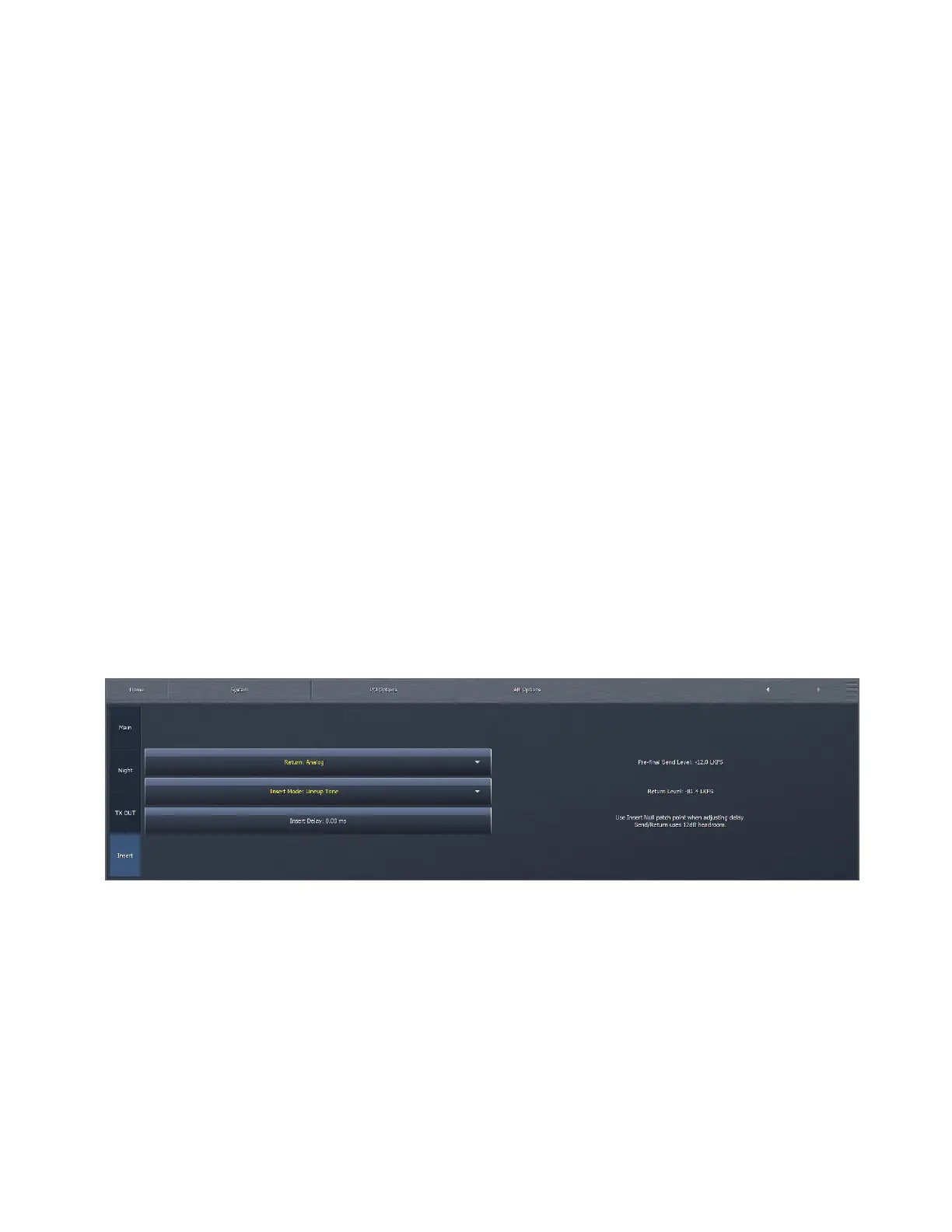CHAPTER 21
| 142
AM PROCESSING
♦ The Tilt Safety (RTZ) control is harder to explain, but we’ll try. In order to compensate for tilt induced by any high-pass
filter following the Omnia.9, for example a transformer which by definition cannot pass DC, one must apply the inverse
what the high pass filter will do, meaning the lower the requency, the higher the level boost. This presents a challenge,
as for an infinitely low frequency, we’d need an infinitely high output level. Unfortunately an output stage with infinite
headroom has yet to be invented, and as such, we must limit this boost by eventually pulling the signal back to zero. With
this control you can adjust how quickly this happens. Higher values mean faster action, and less risk of overload – but also
less accurate tilt correction. All-digital transmitters DC coupled transmitters do make life easier, don’t they?
♦ The three-band Parametric Equalizer is provided to offset any characteristics or irregularities of the analog transmitter or
any transformers in line after the Omnia.9.
¸ The Frequency slider is used to set the center frequency for each band. The range of this control is 20 to 22,050Hz.
¸ The Width slider determines how much audio above and below the center frequency will also be affected by any boosts
or cuts in gain. The range of this control is 0.0 to 10.0 octaves in one-tenth octave increments. Lower values provide a
narrower (sharper) boost or cut, while higher values provide a wider (gentler) boost or cut.
¸ The Gain slider determines how much the audio selected with a combination of the Frequency and Width sliders is
boosted or cut. Each band can be boosted or cut by 12dB in one-quarter dB increments for a total range of 24db per
band.
♦ The Phase Linear drop down menu sets the phase characteristics of each associated equalizer. The Phase Forward setting
matches the behavior of an analog filter and is most applicable when pre-compensating for anything downstream caused
by a transformer or the transmitter itself, though both Phase Reverse and Phase Linear options are also provided.
Insert Menu
The Insert menu allows you to enable inserting an external processing device (such as a watermark encoder) into your signal.
Please follow this procedure to properly set up the Insert feature:
Select System – I/O Options – Main Outputs – [ this is the output you want to feed the external unit with, for example Analog Out] =
FM Pre-final L/R(or AM Pre-final)
System – I/O Options – AM Options – Insert
Return: [The input the external unit will be feeding, for example Analog In]
Insert Mode: Line-up tone. Set the external unit to BYPASS, then adjust the gain of the unit for the same Pre-final Send Level
and Return Level. Both readouts are right on that page.
You can also adjust I/O Options – Main Outputs – [Analog Out or other] Level
Or
